Natural ingredients for a true-blue hue
21 Oct 2021Blue-coloured food and drink are trending in China but so is a demand for natural, clean label products. So, what natural ingredient options do manufacturers have?
A number of recent high-profile launches in China, has helped create a buzz around blue food and drink products, Mintel researchers note. Starbucks and Heytea, a Chinese tea chain famous for creating salty cheese tea, have launched blue beverages while Beijing yoghurt brand Blueglass has added blue spirulina to its portfolio to offer consumers a blue-coloured yogurt.
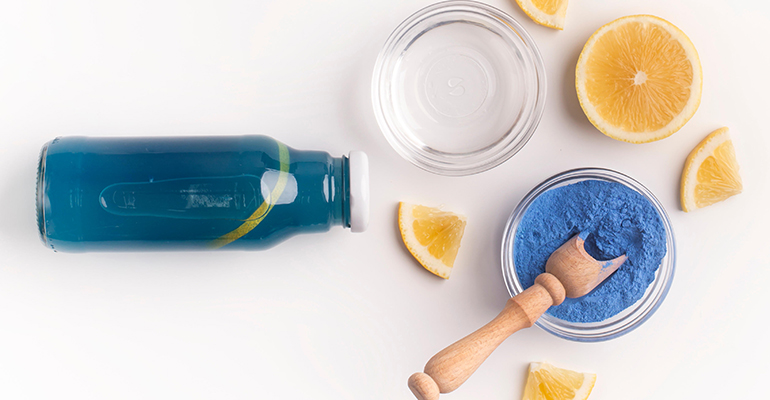
There are almost no naturally-occurring bright blue foods so the combination is unusual and eye-catching. The prevalence of social media has undoubtedly contributed to the popularity of photogenic and aesthetically pleasing food and drink products, particularly among younger generations such as millennials and digital natives.
Blue as a comforting colour
However, senior food and drink analyst at Mintel, Roolee Lu puts the current Chinese interest down to a demand for comfort food as well as novelty. Reported levels of stress and tiredness are on the rise among Chinese consumers and while this has been exacerbated by the COVID-19 pandemic, underlying causes such as increased pressure related to work and academic performance were already present. One upshot for food manufacturers is that such stresses means that consumers are likely to be more receptive to comfort food and sensorial stimulation.
“Widespread emotional issues among Chinese consumers and desire for novel experience put blue, which is a less seen colour in food and drink, into the spotlight,” writes Lu. “Instead of being tasty or appetizing, the popularity of blue is more related to the growing demand for comfort foods and the importance of novel experience from product innovation.”
According to Mintel research, three out of 10 consumers in China say attractive colours would encourage them to try a beverage and nearly a third of consumers say it is important that snacks are ‘visually impressive’.
Using natural ingredients and additives to impart colour, however, will be increasingly important for consumers.
“We believe that blue is a starting point, and the future of food and drink will be more colourful under the demand for naturalness and balanced nutrition,” writes Lu. “After the COVID-19 outbreak, food safety has received rising attention. At the same time, naturalness is also an important choice factor across different food and drink categories. Therefore, using natural colours like colouring foods rather than artificial colours will align with consumers’ aspirations for clean labels while satisfying their demand of eating with eyes.”
Algae, flowers, and cabbage
So, what ingredient options do manufacturers have when trying to create blue food and drink products?
Micro-algae spirulina, a filamentous cyanobacteria, is a popular ingredient to add a blue-green colour thanks to its healthy associations. In addition to providing colour, spirulina is high in protein and packed full of nutrients.
Butterfly pea flower is also popular in south-east Asia for herbal beverages. Drinks made with the dried flowers of the butterfly pea plant (Clitoria ternatea) are bright blue but, due to their sensitivity to pH values, the colour changes to purple with the addition of an acidic ingredient, such as lemon juice. Use of butterfly pea flowers in packaged products, however, is limited.
Scientists recently synthesised a natural blue colour from red cabbage they say is nearly identical in functionality and tone to artificial brilliant blue FCF (FD&C Blue No. 1), an artificial colour that has been associated with negative health impacts.
The scientists, who spun off a company called Peak B to commercialise the colour, say their cyan colour is cheaper than current natural offerings such as spirulina and is more functional. Spirulina has a paler colour and does not blend easily with other colours to make different shades while Peak B’s colour is vibrant.
Meanwhile, purple has been a trending ingredient across Asian countries in recent years due to the popularity of the ingredient ube, a Filipino purple yam, that is used to add natural colour to food and drink.
Related news
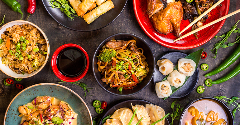
Chinese food brand wants to give customers ‘the full experience’
16 Dec 2022
Food brand Xiao Chi Jie is revamping Chinese cuisine for the modern American consumer. The Washington-based company sells regional Chinese specialties like soup dumplings, noodle kits, and barbeque skewers direct-to-consumer in the US.
Read more
Regulations spur healthy snacking in Europe
15 Dec 2022
Healthy snack demand is on an upward trajectory in Europe, fuelled by products attaching health halos to their products, according to latest figures by Euromonitor – but regulations may be the real driver.
Read more
Could the EU-Mercosur trade deal be revived?
14 Dec 2022
The re-election of Luiz Inácio da Silva, or Lula, as president of Brazil has prompted speculation that the free-trade agreement between the EU and South American Mercosur bloc could be revived – but the European farming sector has concerns.
Read more
Could menopause-supporting products be the next big opportunity?
13 Dec 2022
As supplement brands launch products to relieve the symptoms of menopausal women such as nutraceutical gummies, the unmet needs of this group is attracting government attention in the UK.
Read more
Plant-based fish and seafood launches around the world
12 Dec 2022
From pea protein-based prawns to microalgae-based tuna alternatives, plant-based alternatives to fish and seafood are on the rise around the world.
Read more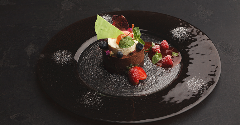
Editors’ choice: Our roundup of the most innovative sweets, snacks and bakery products
9 Dec 2022
The sweets, snacks, and bakery categories are an exciting area, full of fresh and innovative products which are constantly adding meaningful value to the sector.
Read more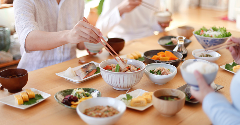
Functional food in Japan centres on health and proving claims
8 Dec 2022
The latest Japanese functional food and drink trends put health and product efficacy firmly on the production agenda for new releases.
Read more
Swedish food agency: One in 10 coffee brands contain excess acrylamide
7 Dec 2022
New findings from the Swedish Food Agency have revealed three of 29 coffee products sampled contained acrylamide above limits, reinforcing the link between levels and degree of roasting.
Read more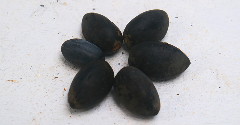
‘Super nut’? Indonesia’s ‘best kept secret’ wins EU novel food approval
6 Dec 2022
A previously obscure, nutrient-rich Indonesian nut is set to hit European shelves after winning EU novel foods approval that could also help protect under-threat kenari forests on the archipelago.
Read more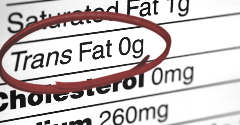
Philippines to restrict trans fats in processed foods
5 Dec 2022
Use of artificial trans fats in pre-packed processed foods will be restricted in the Philippines as the country looks to eliminate its consumption from other sources too.
Read more